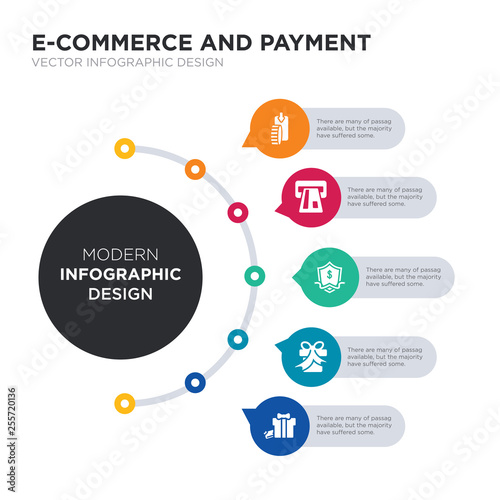Laser inscribing on glass can include vibrant, individualized styles to a variety of products. This flexibility is just one of the key benefits of laser innovation over other etching techniques.
Before you engrave your glass items with the laser, recognize a couple of common issues that can occur. These ideas will assist you attain the most effective results possible.
How Laser Engraving Functions
Laser inscription is a preferred approach for etching and personalizing products. It is a procedure that can be executed on a wide range of materials, consisting of glass, timber and metal. Laser engraving equipments can produce very in-depth layouts, with great lines and accurate cuts. Utilizing this strategy, you can develop custom awards and other products that make sure to thrill.
To accomplish the wanted outcomes, initially, you will certainly require to conceptualize the style. This will assist you to choose what kind of photo or message you wish to etch externally. After that, you will certainly need to convert your concept into a digital graphic. This can be made with graphic style software application, such as Adobe Illustrator or Inkscape, and after that saved into a data format that is compatible with your laser engraver.
Once the engraving files are prepared, it is time to start preparing the product for laser noting. This can be done by using a black mask that is created particularly for laser usage. The dark shade of the mask mirrors laser light, and assists to lessen any kind of warmth that would certainly otherwise damage the surface.
Limiting Chipping
When the laser light beam strikes the surface area of glass it promptly heats up the material up. The sudden heating creates microscopic fractures to the surface area. The splits and cracks produce the look of engraving, etching or frosted glass.
The differing compositions of various sorts of glass can influence exactly how the material reacts to the laser. It is important to meticulously examine your laser setups on a sample piece of glass prior to beginning a work. Exact focus is also crucial for clean, regular outcomes.
To enhance the quality of your inscriptions attempt utilizing a dark paper to safeguard the glass from the laser. The specialized dark paper has a coating that absorbs the laser power and enables the etching to take place. The dark paper can be removed once the inscription is total. It is likewise recommended to use a reduced resolution and lower the amount of black in the graphics as this will help reduce micro-fracturing. A Jarvis dithering pattern can additionally be applied to the graphic in the laser motorist setups to randomize and divide the dots of the design and additional minimize the amount of micro-fracturing.
Preparing the Surface area
Laser marking on glass and plastic offers a variety of useful usages, from product traceability (like day codes or great deal numbers) to 3D marking within the product itself. It's also made use of for design and style in industries like the auto, food, and telecommunication markets.
Getting excellent results from laser inscription on glass depends partially on the preparation of the surface area. Keeping the product tidy of dust and oil assists the laser penetrate much deeper and better. Covering up the surface with a paper towel or paper a little larger than the etching location can likewise reduce the impacts of heat on huge areas, aiding to reduce damaging and enhance overall etching quality.
Layout and laser control software can additionally affect just how well the process functions. Programs like Adobe Illustrator or Corel Draw aid you create and change your styles while programs like LightBurn or LaserGRBL control the laser's settings.
Getting Started
Laser etching on glass is fast and efficient, developing a high-end appearance that improves products and enhances brand name identity. While some might be wary of collaborating with this delicate product, a little time and perseverance will aid custom message ideas guarantee attractive results.
Making use of an industrial laser, you can include attractive patterns, messages, or customized layouts to items like glass, bottles, carafes, and extra. The procedure is non-contact, reducing the danger of damage even on rounded or breakable surfaces.
To make best use of laser effectiveness, you'll intend to spend a long time trying out the settings for your certain equipment and glass type. Refining these setups will lessen power use, enhance total engraving top quality, and reduce the probability of mistakes or breakage. For example, you can boost the resolution and decrease the black level of your graphics to make use of much less laser power. Similarly, utilizing a Jarvis dithering pattern will certainly separate and randomize the dots in your graphics to even more minimize laser warmth usage.
